Carbon emissions: room to grow
There’s big potential for Africa to participate in international carbon markets given its ability to contribute to greenhouse gas mitigation
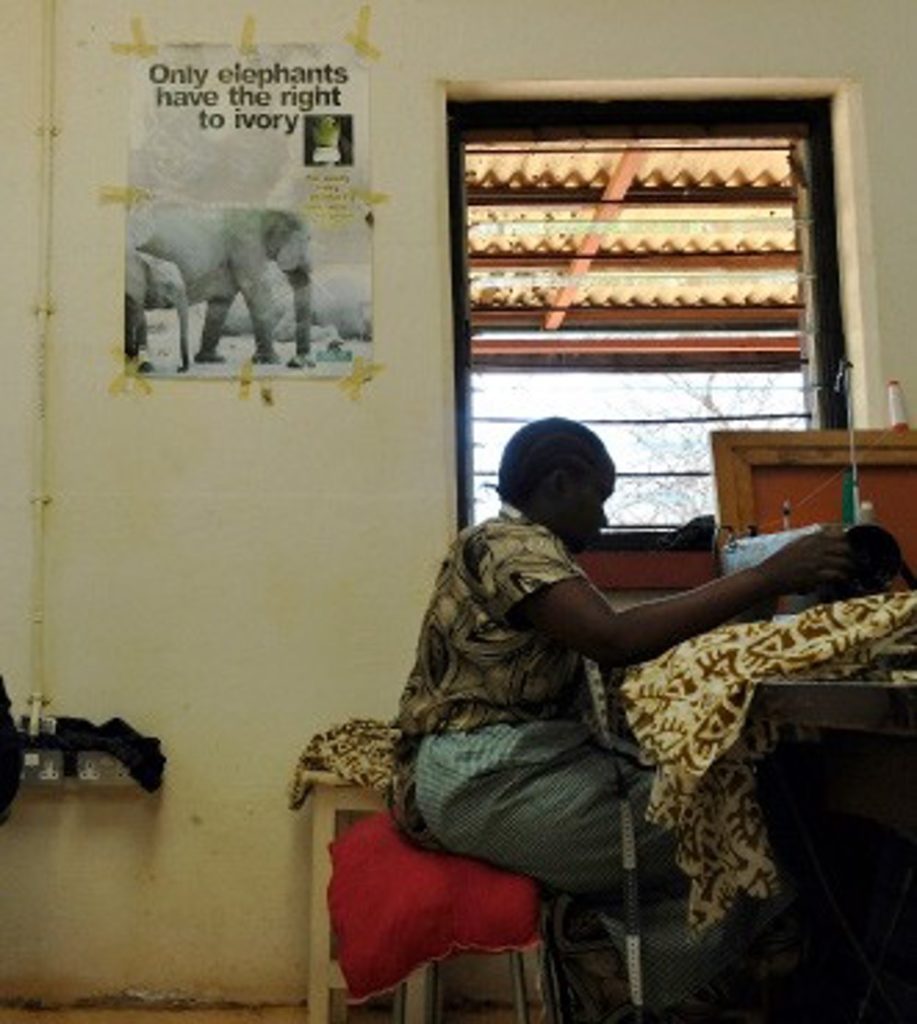
Women work at a clothing factory funded through the sale of carbon credits in Maungu, near Nairobi, Kenya, 2011 Photo: Tony Karumba / AFP
Carbon emissions trading is a market-based mechanism for trading pollution credits among countries. It includes a range of policy instruments aimed at assisting industrialised countries to achieve
their emissions targets by allowing reductions to take place where they cost the least.
The trade works in several ways: International Emissions Trading (IET), the Clean Development Mechanism (CDM), and Joint Implementation (JI). The IET system involves a scheme called “cap and trade” in which governments or intergovernmental bodies such as the European Commission (EC) hand out licences to pollute (or “carbon permits”) to major polluting industries within their boundaries.
Industries can then trade these permits with one another to meet their emissions reduction targets.
Cap-and-trade schemes are the most popular way to regulate carbon dioxide (CO2) and other emissions. The scheme’s governing body begins by setting a cap on allowable emissions. It then distributes or auctions off emissions allowances that total the cap. Member companies that do not have enough allowances to cover their emissions must either make reductions or buy another company’s spare credits. Members with extra allowances can sell them or bank them for future use. Cap- and-trade schemes can be either mandatory or voluntary.
Africa accounts for only 2% of the trading in the global carbon market. Of that 2%, South Africa and North Africa enjoy the largest portion of the projects under the Clean Development Mechanism (CDM), the main carbon market resulting from the Kyoto Protocol, with the rest of Africa contributing a paltry 0.6%. According to Oscar Reyes, a researcher with Carbon Trade Watch, these figures render Africa marginal to the carbon market, and the trade has been irrelevant to the continent’s efforts to tackle climate change. According to the World Bank, China has dominated the CDM market since its inception, accounting for about 66% of all contracted CDM supply between 2002 and 2008, and 72% of the market in 2009.
India and Brazil rank second and third on the list of sellers in terms of volumes transacted. One reason why the African carbon market is less attractive relates to how electricity is generated. Access to electricity is a major challenge across much of Africa, with less than 25% – and, in some countries, as little as 5% – of the population enjoying access to grid electricity. Thus, the World Bank has calculated that the 47 countries in sub-Saharan Africa, with a combined population of 800 million people, generate as much power as Spain, with a population of 45 million.
The lack of carbon-reduction investment opportunities in the power sector and the limited number of carbon-intensive industries outside northern Africa and South Africa implies that the rest of the continent is not well positioned to influence the direction of the debate around carbon trading. The types of projects that could deliver livelihood benefits to Africans, such as renewable and other small- scale energy projects, are not “cheap” options of carbon abatement, and are therefore less likely to attract the big investors. Given the limited opportunities for expanding the carbon market in Africa through the CDM, attention has shifted to projects that can be delivered through the voluntary market.
These include improved stove and tree planting projects, which have been controversial for a variety of reasons, including the difficulties involved in verifying the offsets. According to ecologist Thomas Crowther and colleagues at ETH Zurich, a Swiss university, a tree can remove seven tons of carbon dioxide from the atmosphere during its life. If so, some five billion trees would need to be planted per year to counter current emission levels globally. Moreover, planting trees to soak up carbon can have detrimental knock on effects. As Robert Jackson argued in a December 2005 presentation at Duke University in North Carolina, growing plantations of fast-growing trees uses a lot of water.
This can reduce “the water available for drinking and irrigation, and harm local aquatic ecosystems”, according to the journal Nature (December 2005). Moreover, “forest soils are saltier and more acidic, compared with other types of plant cover such as crops or grasslands”, Jackson and his colleagues found. Developing countries, particularly those in sub-Saharan Africa (SSA), remain marginalised in global carbon markets despite significant mitigation opportunities in agriculture and forestry. However, Africa has significant potential for renewable energy, a key driver of the carbon emissions reduction.
Yet Africa’s share of the carbon markets remains low, as already mentioned. It is puzzling, therefore, that the proponents of carbon trading continue to tout the benefits it offers to the poor in Africa,
in the face of mounting evidence to the contrary. For instance, a project in the Bukaleba Forestry Reserve in Uganda, intended to offset the greenhouse gas emissions (GHGs) of a coal-fired power plant to be built in Norway, clearly illustrates the conflict of interests of the offset company, host countries, and the needs of local communities.
The Ugandan government received a meagre once-off fee of $410 and an annual rent of about $4,10 for each hectare of plantation – an absurdly low lease price, given the huge carbon credits the Norwegian company (Tree Farms) was aiming to sell. The project was also responsible for evicting 8,000 people living on the land from 13 villages, depriving them of their livelihoods, and probably driving them to clear land elsewhere. Africa’s share of voluntary carbon markets is also still small, then, as compared to the rest of the world. It’s a huge shortfall considering the potential benefits of carbon offset revenue for sustainable development on the continent.
However, many African countries, including Kenya, Ghana, Mozambique, Uganda and the Democratic Republic of Congo have seen a surge in international demand for offset projects in the voluntary carbon markets such as delivering clean cook stoves and water purification devices, which are likely to increase participation in these markets (Bloomberg Energy, 2013). There are several reasons why Africa has failed in the carbon markets. Some scholars have blamed this on uncoordinated marketing efforts, as well as regulatory and policy challenges. They argue that the implementation thereof and global connections can make it a challenge for carbon trading to work.
There have also been circumstances under which baseline-and-credit CDM schemes have resulted in the maltreatment of indigenous peoples and their environment. Other scholars argue that cases of trade fraud and accounting discrepancies have hindered the development of these markets in Africa, with constraints ranging from the structure of the carbon markets themselves to the continent’s own unique situation; the perennial challenges of doing business in Africa have also affected its access to international carbon markets.
Yacob Mulugeta from the University of Surrey’s Centre of Environment and Sustainability says adequate legal and institutional frameworks are lacking, or are weak, and barriers to trade and investment, which may inhibit access to new technologies, and the high investment risks in some African countries, have also resulted in potentially lower prices for CERs. Another barrier to trade, he says, is the overall policy framework in potential host countries, which may include policies not conducive to CDM, for example high levels of taxation, high interest rates, a lack of support for foreign direct investment and uncertainties around fiscal policies.
Financing has also been cited as a major barrier to renewable energy and energy efficiency (RE/EE) projects, which deliver carbon emission reductions and sustainable development benefits to low-developed countries in Africa. But Africa’s potential to participate in international carbon markets is large, given its ability to contribute to greenhouse gases mitigation. Its potential for renewable energy generation, climate smart agriculture and extensive forestry sector all provide huge GHG mitigation potential. There are also vast areas of low productivity land where management could be altered to increase carbon stocks and create credits.
Overcoming the challenges that hinder their exploitation could see Africa increase its ability to tap into the international carbon markets. If Africa is to benefit in the carbon market, it will need to start leveraging other sources of finance, increasing its investments in renewable energy, catalysing the continent’s carbon markets by putting in place regulatory systems, and increasing public funding for seed capital for carbon reduction projects. Africa will need to develop and implement its own climate and carbon finance strategy, built on the recognition that the continent can contribute most effectively to mitigating climate change by promoting sustainable land-use practices.
Tom Mboya is a Kenyan journalist working with an INGO in Nairobi. He was the 2009 Joel Belz International Media Fellow and the 2017 Coaching and Leadership Fellow, which is a programme offered by The Media Project and the Poynter Institute. His works have been published around the world.

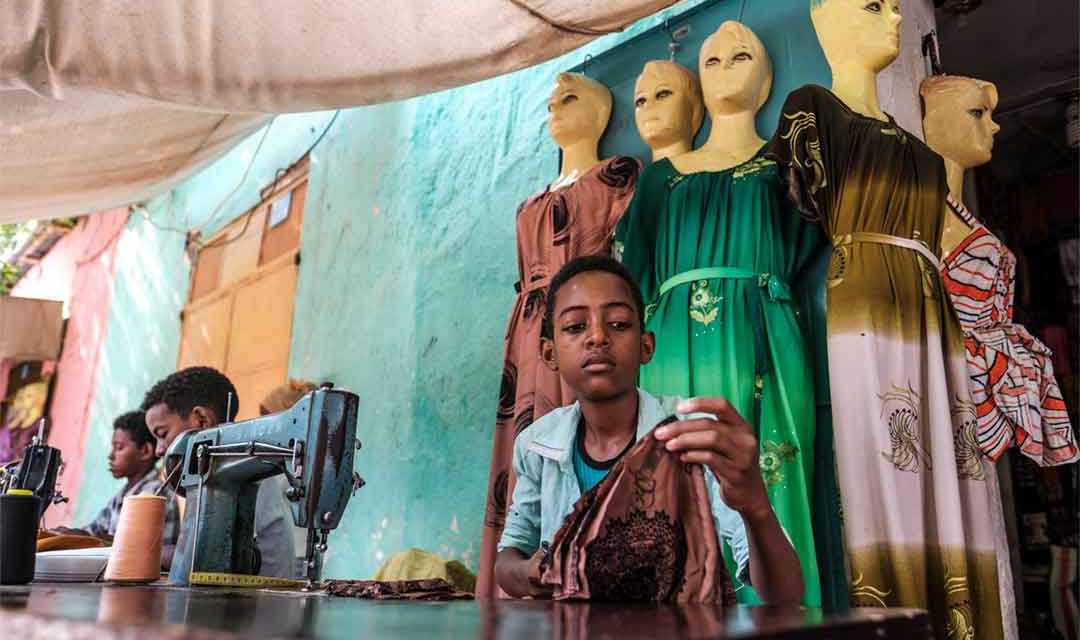

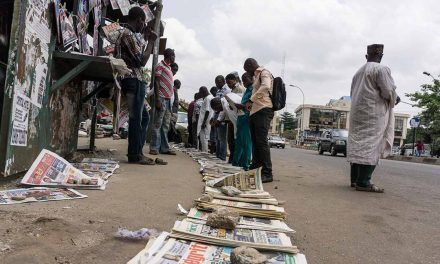
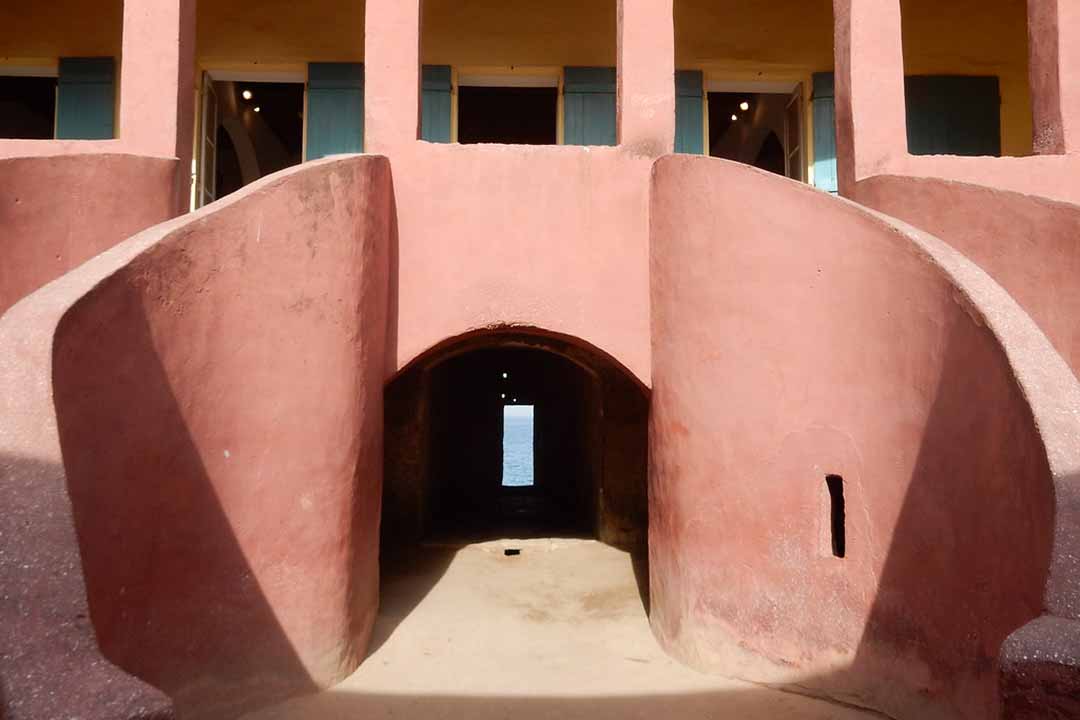
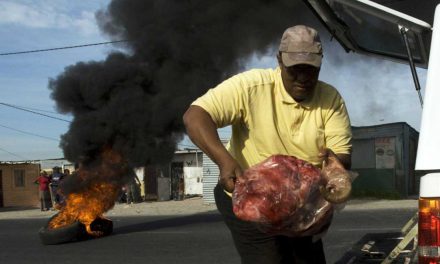
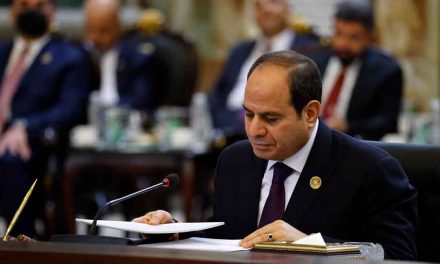







What are the good experiences of carbon credit sales in Africa, and what are the good practices that could be presented?